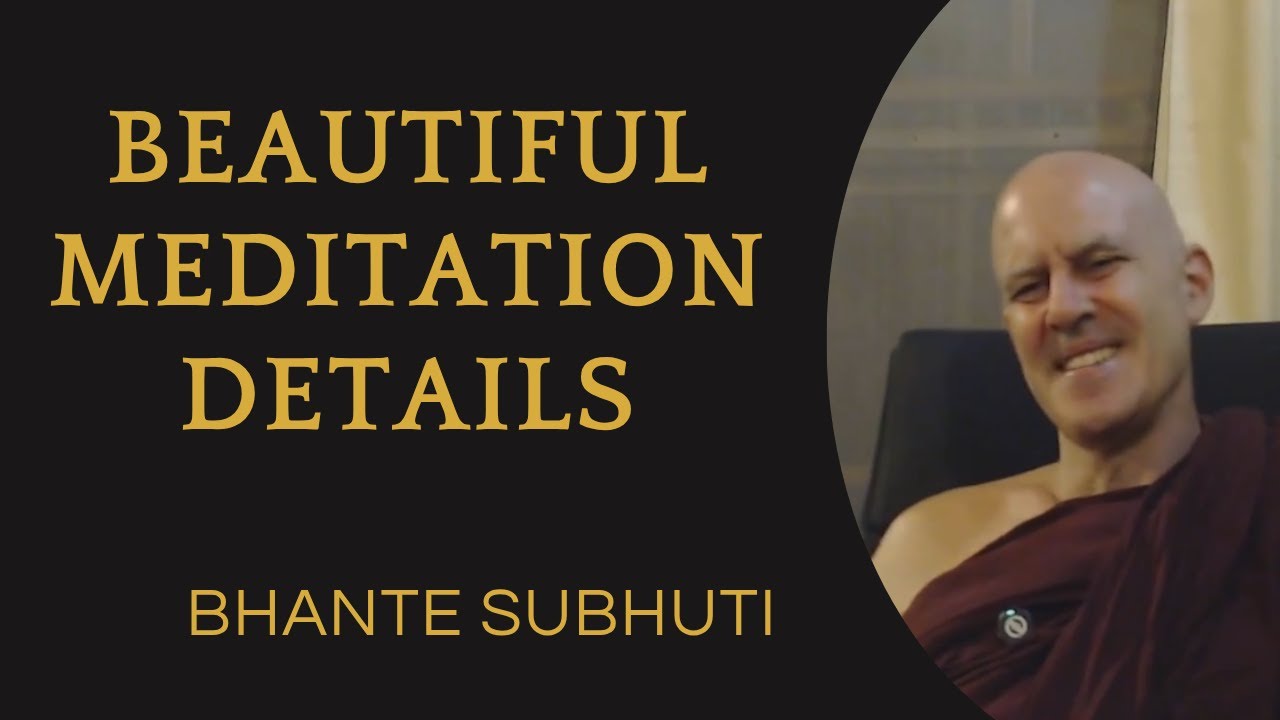The Beautiful Mind in Meditation?
What does it technically mean to have a “beautiful mind” in meditation—beyond vague metaphores or mysticism.
Defining the Beautiful Mind
When modern teachers describe deep samatha (concentration) meditation as “beautiful,” they speak in mystical mediphores. However, real Theravāda Buddhism involves the Abhidhamma. The Abhidhamma is not for scholarly proliferation. It is for knowing how the mind works and applying the mind in that way. The Abhidhamma provides a precise definition: sobhāna cetasikā, or beautiful mental factors.
These mental factors arise in every wholesome state of mind and are part of a streamlined series of consciousness mind moments that arise and pass with a high refresh rate. It is similar to viewing a photograph on a screen. If the screen is 120 Hz, then it is arising and passing 120 times per second on the same object. If it is a movie, the screen is still refreshing 120 times per second. However, while both refresh at 120 Hz, only the still image reflects a calm and stable mind. The movie, full of changes, resembles distraction—even though the rate is the same. This is why we need Abhidhamma for practice. It is technical but clear.
Why This Matters
A truly beautiful meditation mind is wholesome, stable, and skilled—not restless, angry, or distracted. The presence of these beautiful factors means the hindrances are absent.
If you claim mindfulness during anger or agitation, that’s not mindfulness in the Buddhist sense. Real mindfulness (sati) comes with the full set of beautiful mental qualities.
The 19 Beautiful Mental Factors
These are always present in every wholesome consciousness:
- Saddhā – Faith / Confidence
- Sati – Mindfulness / Recollection
- Hiri – Moral shame (conscience)
- Ottappa – Moral dread (fear of wrongdoing)
- Alobha – Non-greed / Generosity
- Adosa – Non-hatred / Loving-kindness
- Tatra-majjhattatā – Neutrality of mind / Equanimity
- Kāya-passaddhi – Tranquility of mental body (cetasikas)
- Citta-passaddhi – Tranquility of consciousness
- Kāya-lahutā – Lightness of mental body
- Citta-lahutā – Lightness of consciousness
- Kāya-mudutā – Malleability of mental body
- Citta-mudutā – Malleability of consciousness
- Kāya-kammaññatā – Wieldiness of mental body
- Citta-kammaññatā – Wieldiness of consciousness
- Kāya-pāguññatā – Proficiency of mental body
- Citta-pāguññatā – Proficiency of consciousness
- Kāya-ujukatā – Uprightness of mental body
- Citta-ujukatā – Uprightness of consciousness
These factors arise and pass away together—like pixels in a frame of video. They form the quality of mind during meditation, and knowing them helps you recognize whether your mind is truly “beautiful.”
Citta vs. Kāya: Two Aspects of Mind
In Abhidhamma, citta and kāya are both parts of the mind, but they refer to different aspects:
Citta: This is the consciousness itself
Kāya (here): This refers to the mental body (nāma-kāya), which is the group of associated mental factors (cetasikas) that arise together with the citta and are affected by that ingredient.
Take some water and add it to dry cake mixture of flour, baking soda, salt, etc. This water will affect the dry ingredients won’t they? In the same way, when one ingredient affects the other ingredients, this is the Kāya-lahutā (net sum lightness) while citta-lahutā (lightness) is the single ingredient of lightness.
They are inseparable — every citta always arises with a set of cetasikas — but they play distinct roles:
Some cetasikas (like lahutā, passaddhi) appear twice — once to affect the kāya (the mental body of factors), and once to affect the citta as a single ingredient.
Beyond Feeling
Note: Sukha (pleasant feeling) or vedanā is separate from this list. Beauty here is not about feeling good but about mental clarity and ethical alignment.
Why This Is Not Mystical
There’s nothing hidden in Theravāda. The commentaries and Abhidhamma lay it all out—clear, structured, technical. The beauty of meditation is knowable and cultivable. It’s not about what you “feel,” but what factors are present.
A beautiful mind is not a feeling. Instead it is a specific mental structure we can recognize and refine. Understanding and cultivating these beautiful factors leads to concentration, then insight, and ultimately liberation.
Summary Poem
Abhidhamma can show the way for you,
The mental ingredients like making a stew.
From faith to an upright mind so straight,
Not separate, included in all wholesome states.These factors rise with every thought
When wholesomeness is rightly sought.
Not mystical, but with details so clear
Abhidhamma clears the path right here.
A video of this brief description is below:
Taken from:
